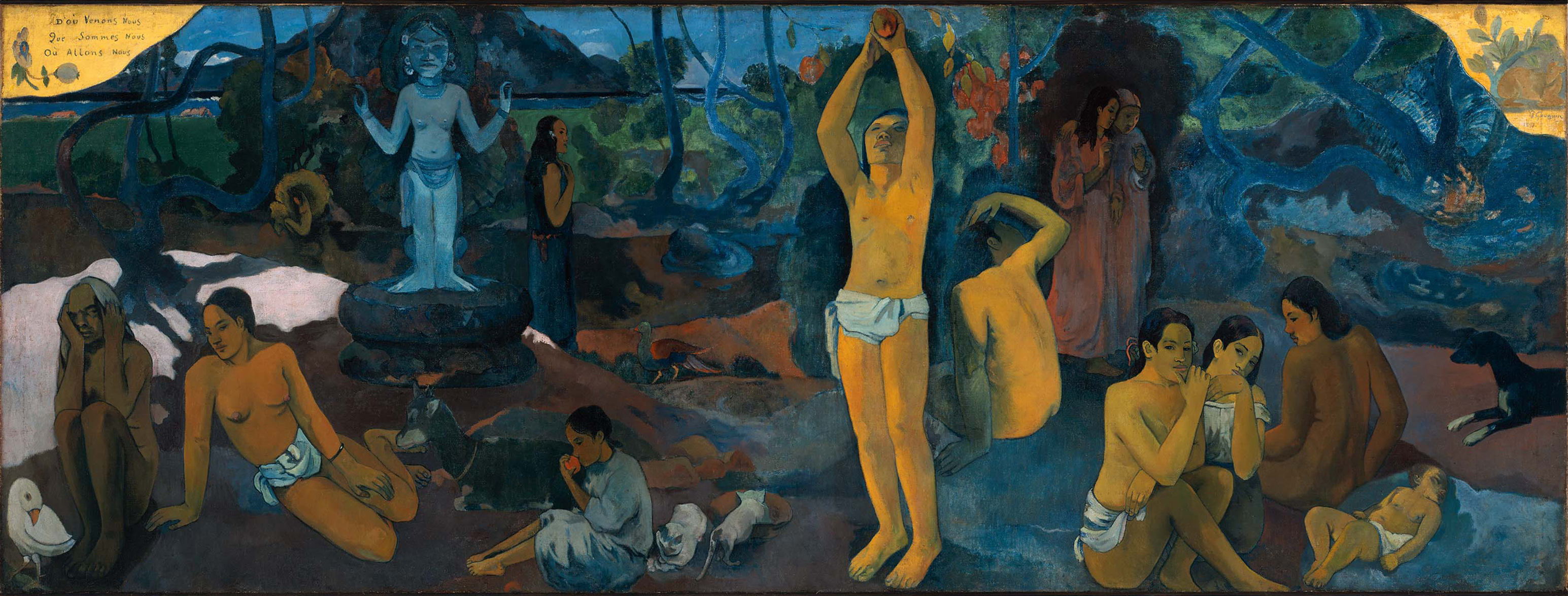Psychological Abstract Portrait of Ted Shawn
7:00 AM |
| Katherine Dreier, Psychological Abstract Portrait of Ted Shawn, 1929 |
1. Wealth is defined as the sum of any and all resources owned by a community or by an individual which exceed those required to reasonably ensure survival.
2. Wealth is a means of control. Those in its possession gain power, via necessity, over those less fortunate. Furthermore, wealth is conducive to the sense of self-sublimation that accompanies a perceived increase in control over one's physical state. Once basic needs are met, a society or class shifts toward the pursuit of security in a deeper sense; e.g. intellectual "immortality," which includes the development of social systems whose values are meant to outlast its members.
3. Wealth is always used as a means for control, though this may not be apparent in every case. This makes sense from an evolutionary standpoint.
4. The performance of wealth has two mechanisms, both of which suggest a "mind over body" ideal. -
--Note: Wealth is not necessary for the pursuit of conceptual security, but it makes this endeavor feasible on a social scale.
--The first mechanism is alteration. This includes modification and restriction of the human body, its appearance, and its environment. Fashion is a form of alteration; so are sexual permissions or limitations (e.g. chastity) which are socially sanctioned. In general, the performance of wealth via alteration targets those physical states which are most difficult to attain in a particular time and place. For example, thinness is glorified in Western culture because foods with low nutritional value are easily accessible and relatively inexpensive. Alteration of the human body at the class level reinforces a system's values as well as the wealth-- and, therefore, security-- of the individual.
--In addition to direct manipulation of the body, alteration includes the modification of its surroundings. Any anthropogenic change in the environment that facilitates human activity counts as alteration-- housing, transport, et cetera. This form of alteration is required at the sub-wealth level to ensure survival but becomes amplified when wealth is achieved. It contributes to the pursuit of ideological security because physical control is part of what keeps a society-- and its values-- alive.
--The second mechanism of wealth performance in relation to the human body is abstraction. Instead of, or in addition to, changing the body and its environment, the growth of wealth in a social stratum may entail the institutionalization of "abstract" thought and an emphasis on intellectual progress. Advances in the arts and sciences likely come to mind. However, the definition of progress changes in accordance with social values; the concept of leisure, which we have discussed at length in class, is an equally fitting example because the luxuries of play, rest, and socialization manifest as the "sublimated" ideal of wealth in leisure-driven societies. Leisure illustrates the convergence of alteration and abstraction, or physical control and mental elevation.
--In staying faithful to this model we may postulate that the institutions of education and religion are also abstract performances of wealth; God or no God, our desire for intellectual and spiritual permanence that exceed the human lifespan form the basis of how we use wealth.
5. Art is a form of alteration, abstraction, or both.
--Art is a performance of wealth.
6. There are two kinds of art: Reflective and reflexive. Reflective art drives conscious social change. What distinguishes reflective art from other forms of innovation is its ability (or, rather, the artist's ability) to critique the relationship between wealth and control despite the fact that artistry is, in and of itself, a performance of wealth. Reflexive art, on the other hand, makes no intentional statement about the relationship between wealth and control-- which, by default, reinforces the values and practices of the social system from whence it comes.
--Note: I will not try to define "art" here-- but I believe that reflective creation is always art, while reflexive creation is sometimes art, depending on whom you ask.
7. NOW I'M GOING TO TALK ABOUT THE PAINTING.
--Note: You thought it would never happen.
--In Chapter 6 of Modern Art, Brettell discusses the peculiar and seemingly paradoxical role of the portrait in modern societies. He explores how "portraiture represent(s) the comfort and anxieties of the urban-based class" (Brettell 165), and adds that "many of the most famous modern portraits seem critical both of their class and of the social structures of class representation" (167). This last bit is especially interesting, given that portraiture, almost always done on commission, was the epitome of wealth performance. It combined alteration and abstraction by creating a favorable representation of the subject's physical likeness, thus separating their "psychological essence" from their body while simultaneously acknowledging the subject's ability to manipulate his or her own physicality in accordance with the rules of their class (165).
Katherine Dreier's Psychological Abstract Portrait of Ted Shawn is even more unusual. It is a holistic conceptualization of someone who devoted his entire career to the transformation of the human body and its movement. Shawn was a pioneer of modern American dance, and this abstract portrait complements his choice of career, as wealth is performed (and art created) through abstraction and alteration.











0 comments